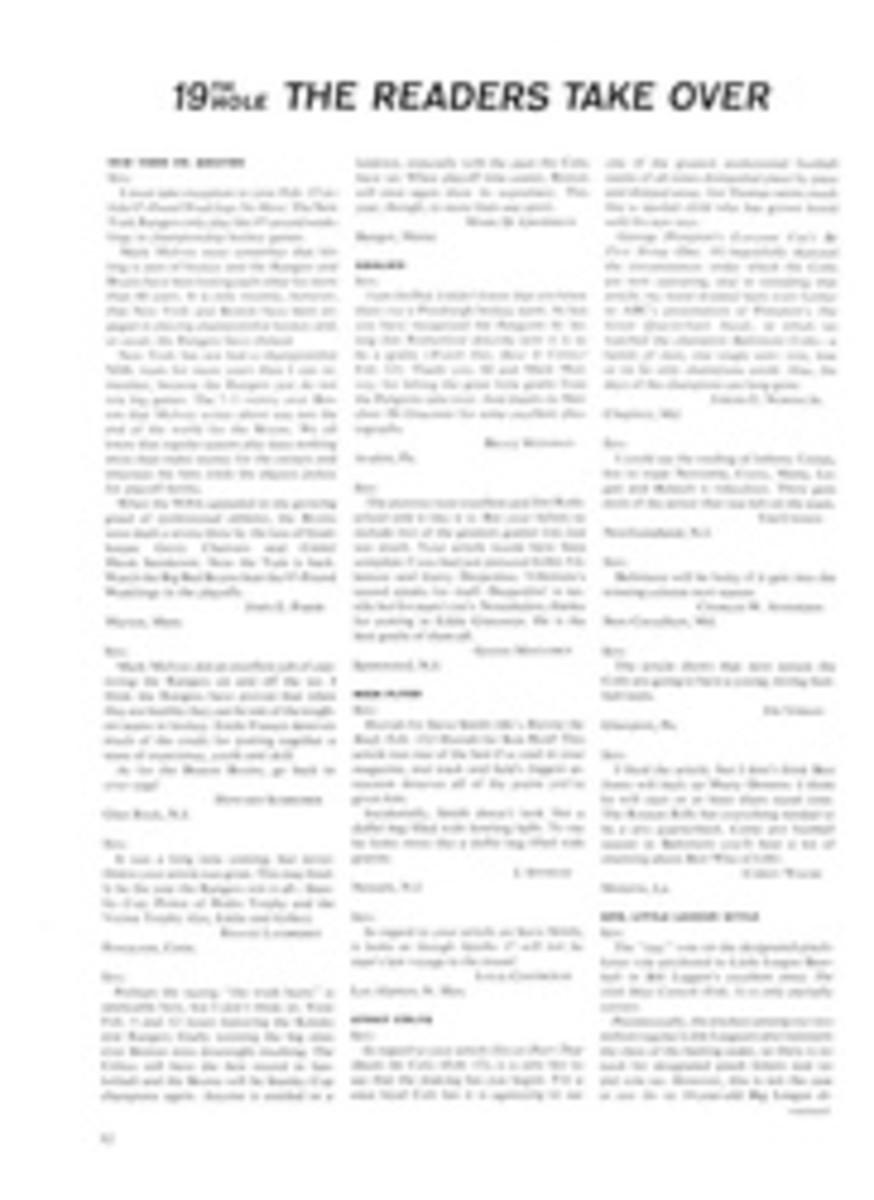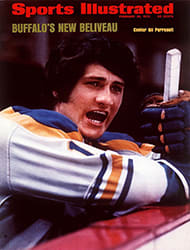
LETTER FROM THE PUBLISHER
We don't know how many people amuse themselves by poking under rocks along the Hudson River, but one who does is Senior Writer Robert H. Boyle, indulging his latest obsession. This is the study of Plecoptera, and the reason Boyle is into stone flies is that he is a demon flytier, among other things—namely, a lecturer, the author of several books, including The Hudson River: A Natural and Unnatural History, the definitive work on that subject, and a fisherman and conservationist of fearsome vigor. Also a bottomless pit of facts. For this magazine Bob has written on everything from corruption in boxing to pro football to pigeon racing. This week he turns to dogs, and his account of the Westminster Kennel Club show begins on page 26.
Although the star at Westminster was a white standard poodle, Boyle prefers sporting breeds and is the owner of a Labrador named Argus—which, naturally, he trained himself. "I can't learn enough about dogs generally," he says. "I'm always collecting books on them." Boyle collects books on just about everything. By his own estimate he now has, in addition to that rapidly growing section of dog literature, perhaps 1,500 books on natural history and a collection of modern first editions. His private enthusiasms and the thoroughness with which he pursues them keep leading Bob into new fields. Once he decided he did not like any of the shrimp flies on the market and undertook to make his own. In the course of studying river shrimp he discovered that a Hudson species had been misidentified for years. The nomenclature has now been corrected, and the fly that resulted from this research is known as the Boyle Shrimp. For years, when traveling, he has carried a flytying vise so that if an appointment should be canceled he can be happily engaged in his hotel room: he has tied flies in the Plaza-Athenée in Paris and in a Tulsa hotel where he lost one vise while doing a story on Oral Roberts—the college, the team and the man. He is currently corresponding with a fellow in New Mexico about the peccary and the suitability of its hair for flytying.
His world, Bob says, seems to be one vast feathered, furred or hairy network. At the dog show he found himself looking at the animals this year from a double point of view. To other experts the poodle Ch. Acadia Command Performance might be simply best-in-show; to Boyle he was also best-in-show for Making Fuzzy Nymphs. (He also noted an Irish setter that looked promising for a new reddish fly he has in mind, and the sight of Old English sheepdogs made him quiver.)
"But for the purposes of flytying," Boyle observes, "I'd really rather cover a horse show." Devon officials take note. If Bob shows up this spring they would do well to frisk him for scissors. His current supply of horsehair was given him by a man he did a story on who happened to own a horse—now temporarily shorter of tail.
PHOTO
BOB BOYLE CONDUCTS A LAB CLASS

